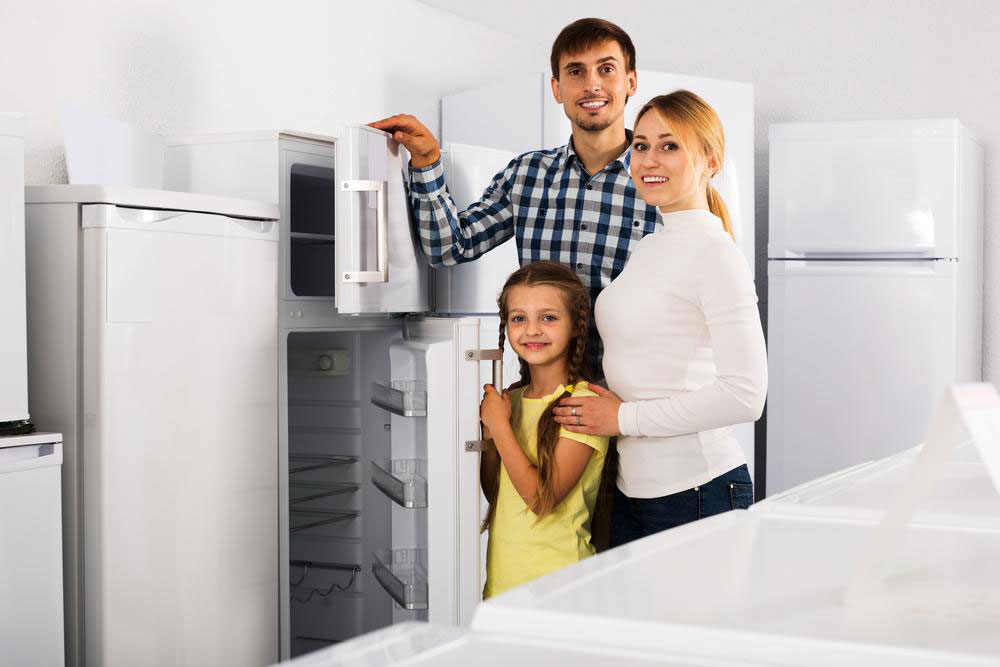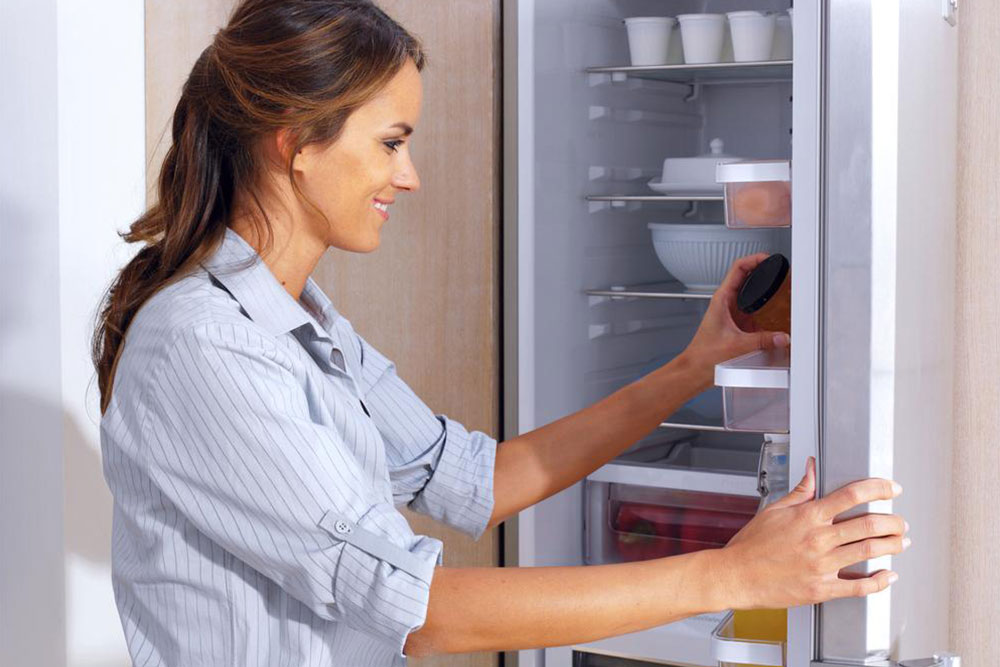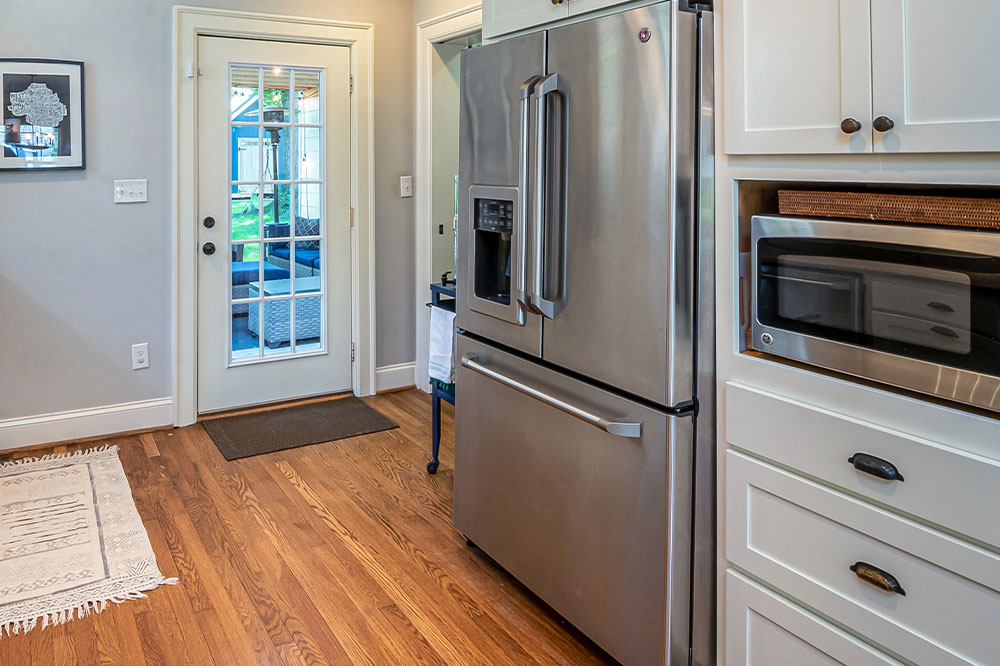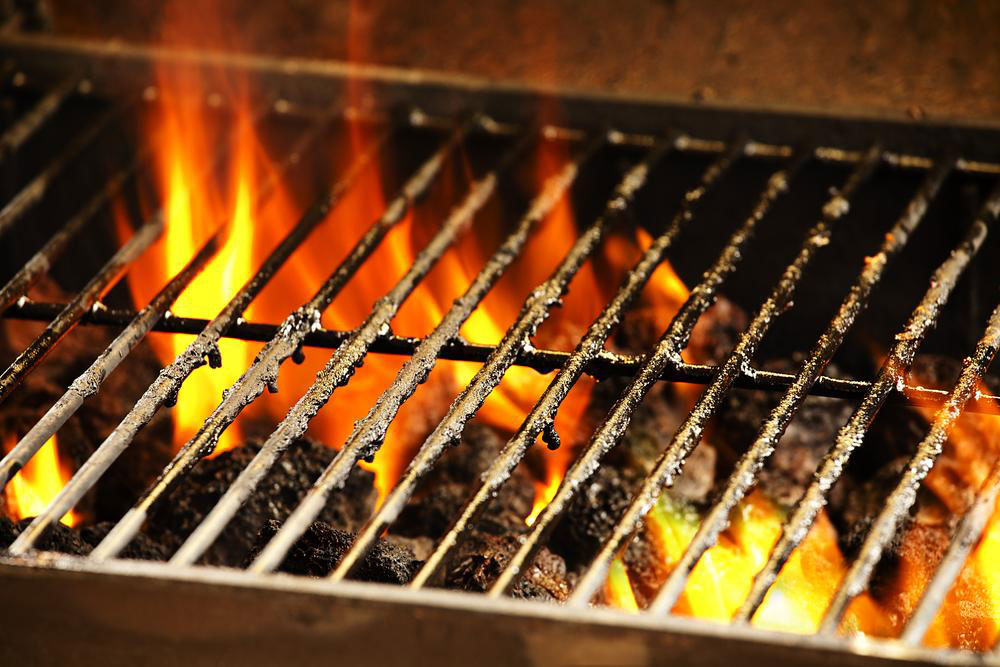Essential Guide to Choosing Outdoor Refrigerators
Discover essential insights into outdoor refrigerators, including their design, weatherproof features, and suitable styles. Learn how to select a durable, safe model that withstands outdoor conditions while ensuring optimal performance and safety compliance, perfect for transforming your outdoor space into a convenient cooling zone.
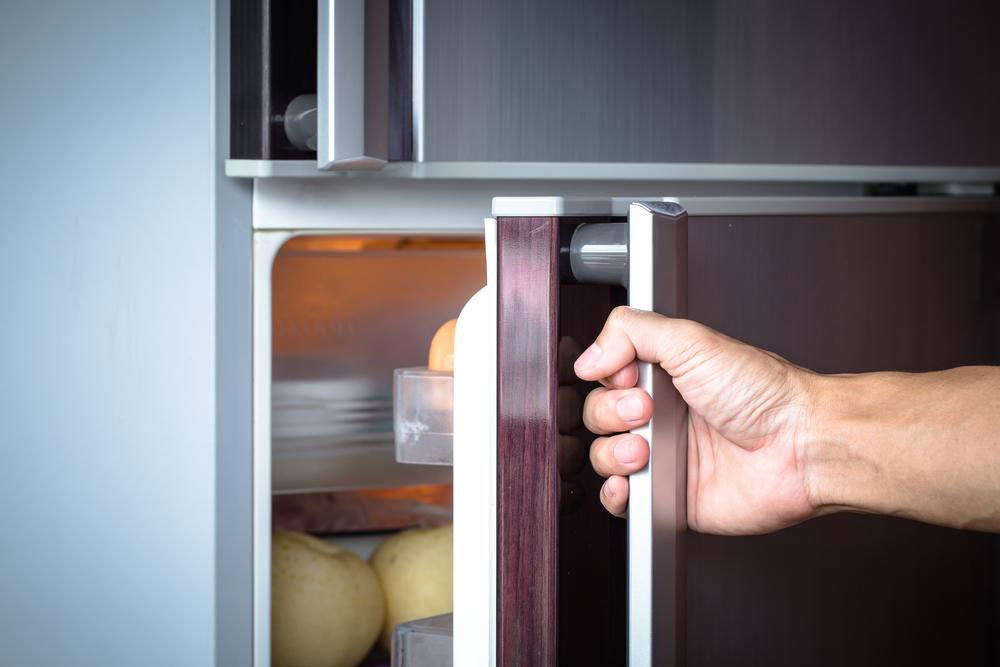
Essential Guide to Choosing Outdoor Refrigerators
Not all refrigerators are suitable for outdoor use. Indoor and outdoor models are tailored to meet different environmental demands. While both aim to preserve food and beverages, their technologies differ to handle varying conditions.
Outdoor refrigerators must operate within a specific ambient temperature range, as outdoor temperatures can fluctuate significantly. They are engineered to maintain optimal cooling during hot days and cool nights, adapting effectively to changing weather conditions.
Essentially, an outdoor fridge should be capable of functioning reliably in unpredictable environments.
Additionally, these units feature weatherproof electrical components, making them resistant to water, rain, and dust. This design minimizes electrical hazards and enhances safety. Look for UL-certified models, as UL approval ensures compliance with safety standards.
However, weatherproofing does not guarantee protection against all extreme climatic conditions.
This weather-resistant design shields electrical parts from elements like water but doesn’t eliminate the need for precautions in severe weather. Outdoor refrigerators are typically constructed from rust-resistant materials like stainless steel, though extreme cold or heat can still affect their surfaces.
Outdoor refrigerators come in two main styles: freestanding and built-in. Built-in models can be integrated into your patio or outdoor kitchen cabinetry, provided there is proper ventilation for optimal performance. Freestanding units are portable and can be placed under counters, in basements, or garages, offering flexibility for varying weather conditions and space constraints.
Note:
Our blog offers a wide range of practical and informative content across many topics. While our research and data aim to help readers, please consider articles as general guidance rather than definitive sources. We are not responsible for inaccuracies or updates from other platforms. Also, keep in mind that promotional offers or schemes not covered here may be available elsewhere to better suit your needs.

